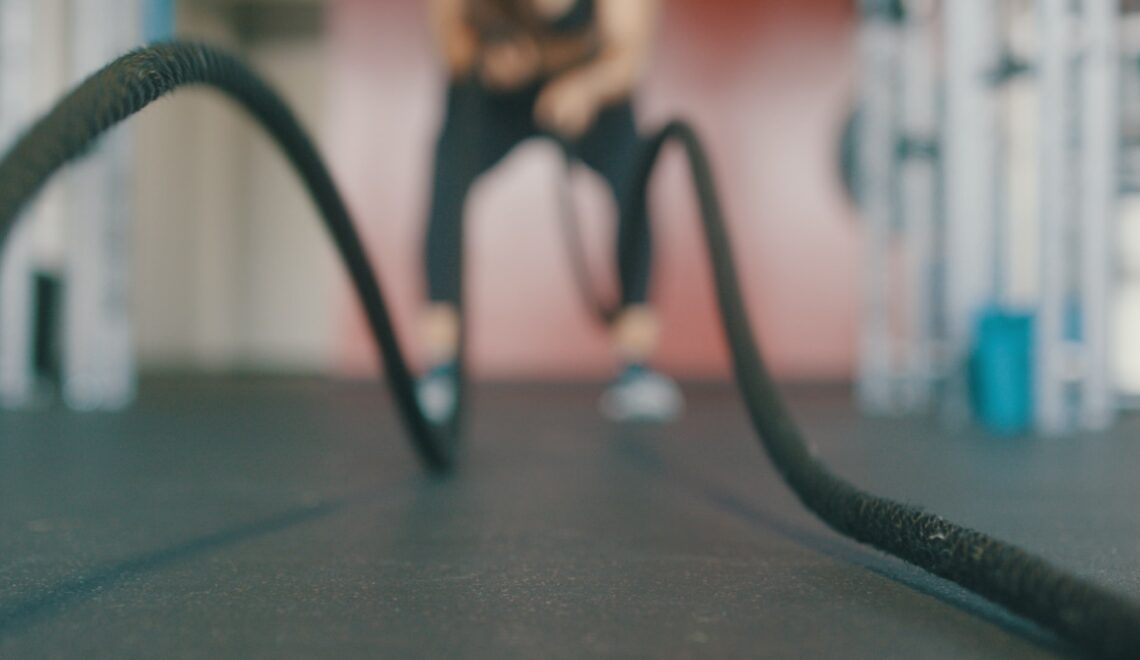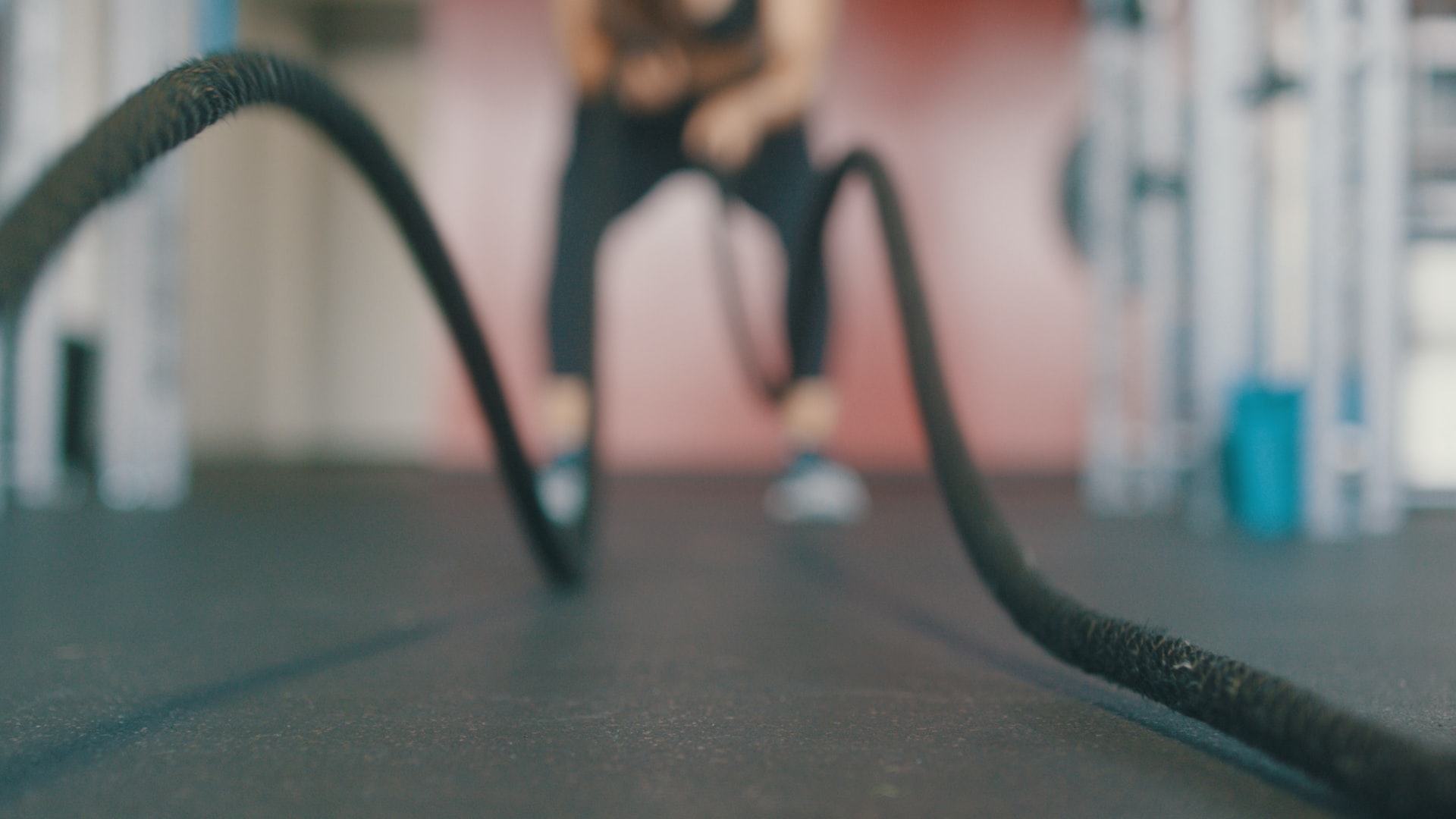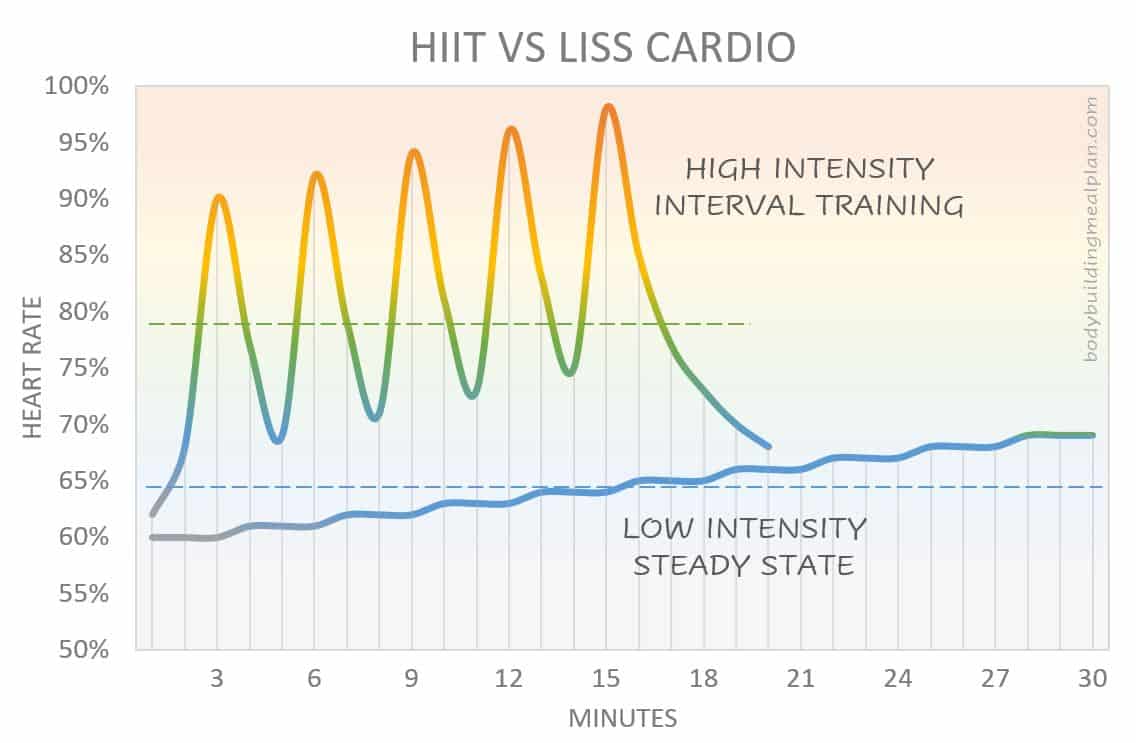
Regular physical activity can improve muscle strength and boost endurance. Many people opt for a HIIT or Low-Intensity workout to train their bodies based on their end goal. We have the breakdown of each form, why it’s beneficial, and why utilizing both in your routine could help you achieve the best results.
What is High-Intensity?
 It’s a pretty obvious question: high-intensity training is anything that feels intense. High-intensity workouts should be so severe that you can’t sustain the effort for long.
HIIT is a popular high-intensity protocol. It stands for high-intensity interval training, and those intervals are critical. By alternating periods of intense effort with periods of rest, you’ll be able to push the intensity higher than if you just powered through.
It’s a pretty obvious question: high-intensity training is anything that feels intense. High-intensity workouts should be so severe that you can’t sustain the effort for long.
HIIT is a popular high-intensity protocol. It stands for high-intensity interval training, and those intervals are critical. By alternating periods of intense effort with periods of rest, you’ll be able to push the intensity higher than if you just powered through. What is Low-Intensity?
 Low-intensity workouts are easier to categorize (probably because the more challenging activities get, the harder it is to be accurate about effort). The low intensity in cardio training is anything you can sustain without taking a break. This will differ for everyone, so a good benchmark is if you could converse simultaneously.
Low-intensity workouts are easier to categorize (probably because the more challenging activities get, the harder it is to be accurate about effort). The low intensity in cardio training is anything you can sustain without taking a break. This will differ for everyone, so a good benchmark is if you could converse simultaneously. Benefits of Low
The most apparent benefit of lower-intensity exercise is that you can do it for longer and more often. This could lead to better results, especially if you’re new to training.
Low-intensity exercise is fantastic for heart health, potentially preventing health issues like stroke and heart disease. And if you choose a low-intensity workout you enjoy, it can also be great for your mental well-being.
More Added Benefits for Low-Intensity Workouts:
- Improved Cardio-Respiratory Fitness
- Reduced Fatigue & Pain
- Enhance Mood
- Decrease Anxiety
- Promote Sleep
Benefits of High
High-intensity exercise brings radical changes in your body, from hormones to fat metabolism. You can’t do high-intensity workouts every day for weeks. You’ll need days off to rest.
Most high-intensity exercise requires you to put more force through your body – whether using weights, a functional fitness kit, or your body weight during sprints. This means you’ll build more muscle than during low-intensity workouts.
High-intensity exercise technically uses more fat for fuel than low-intensity workouts, but the fact that you can do low-intensity more often might balance it all out in the end.
More Added Benefits for High-Intensity Workouts:
- Improved Cardio-Respiratory Fitness
- Burn More Calories
- Lose More Fat
- Improve Oxygen Intake
- Improve Blood Pressure
Better Together
Both long, slow endurance training (such as walking and running) and HIIT have been found to improve aerobic fitness (heart and lung function) in healthy adults. Though HIIT typically leads to more significant increases in aerobic fitness, both high- and low-intensity training can benefit heart health and overall fat loss and muscle gain. As you can see from the diagram when the heart rate rises, typically, the body is using energy from excess fat, and in the meantime, building muscle mass. If you only perform low-intensity training, it’s possible to get the same results, but it will take longer.
However, mixing these two training forms together can achieve ultimate results and a healthier body overall. Experts say to train in HIIT at least three days a week and low-intensity for two days a week.
This allows your body two days to recover and rejuvenate. You can decide which days best fit your lifestyle—in part, most people choose to break up the days off, so they are not consecutive.
As you can see from the diagram when the heart rate rises, typically, the body is using energy from excess fat, and in the meantime, building muscle mass. If you only perform low-intensity training, it’s possible to get the same results, but it will take longer.
However, mixing these two training forms together can achieve ultimate results and a healthier body overall. Experts say to train in HIIT at least three days a week and low-intensity for two days a week.
This allows your body two days to recover and rejuvenate. You can decide which days best fit your lifestyle—in part, most people choose to break up the days off, so they are not consecutive. 



